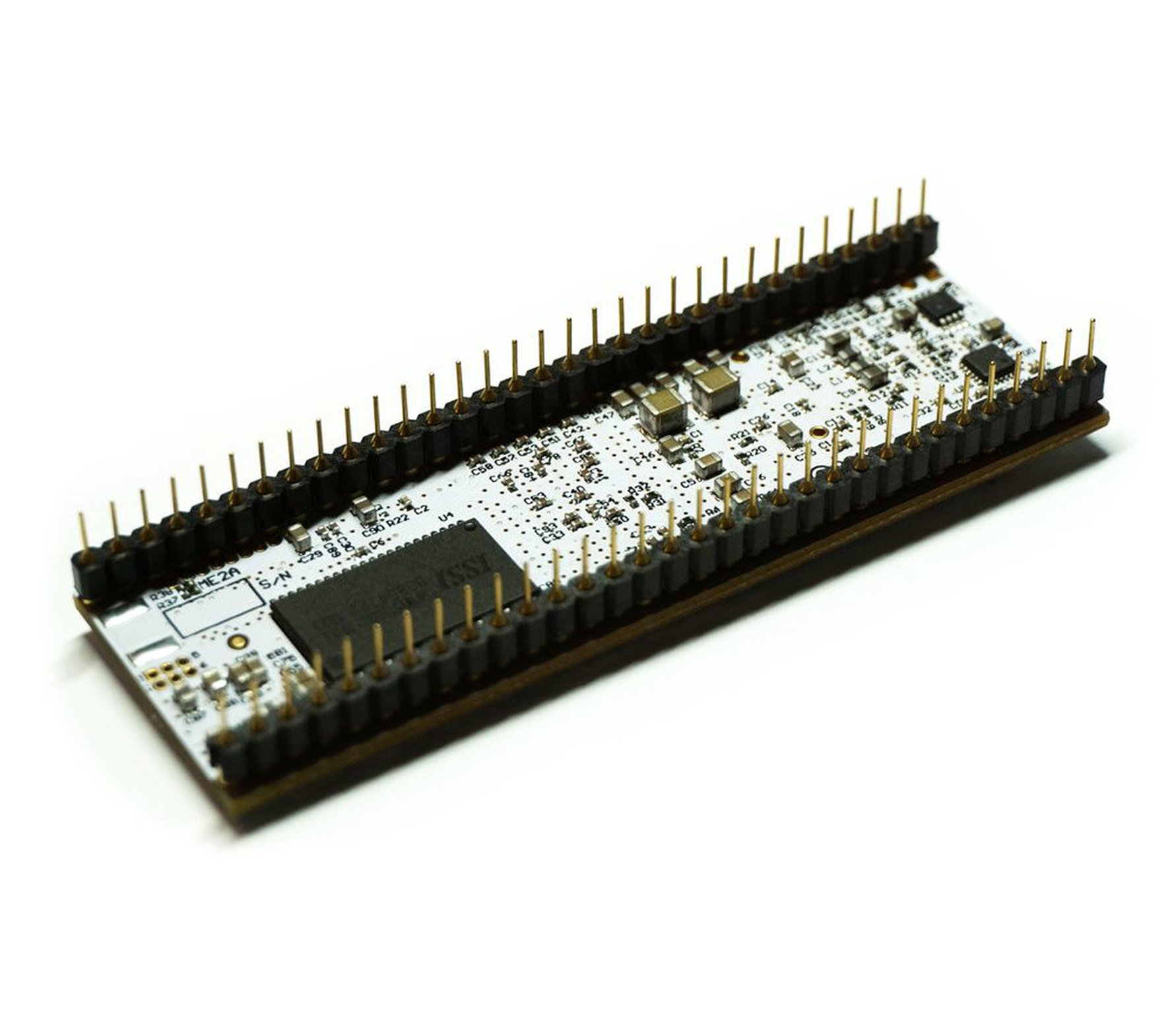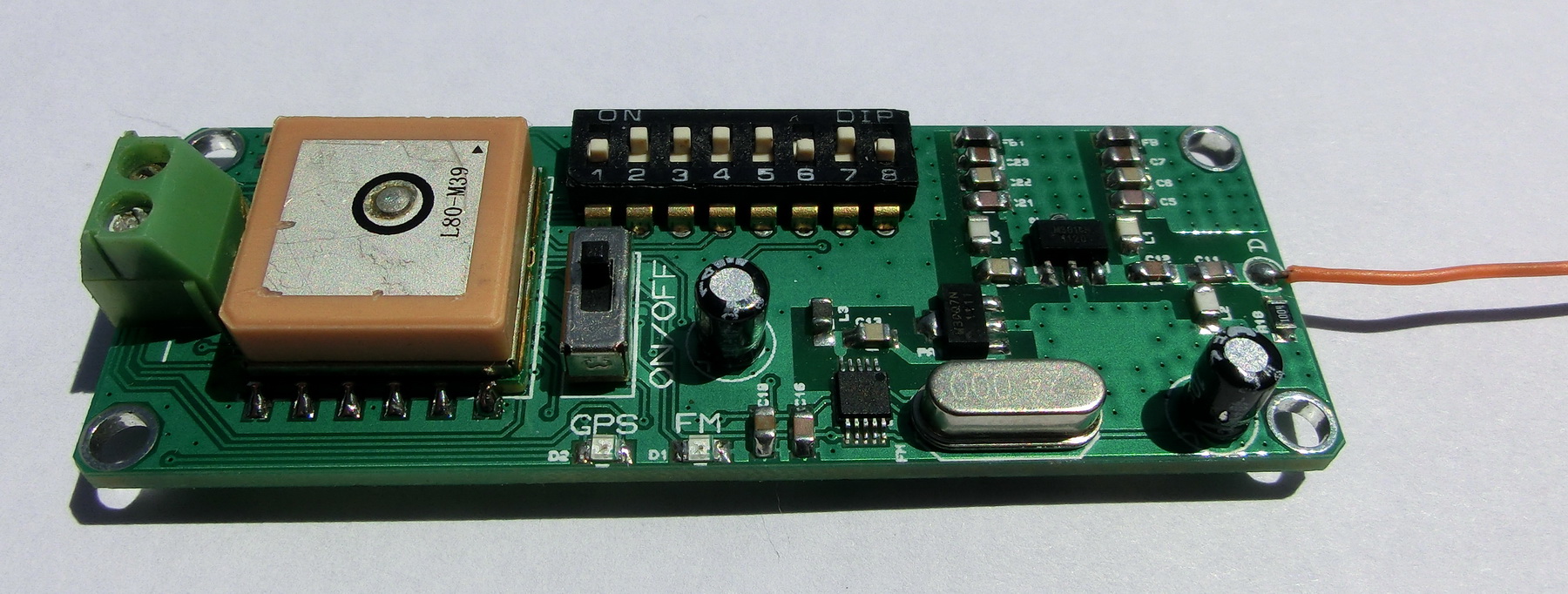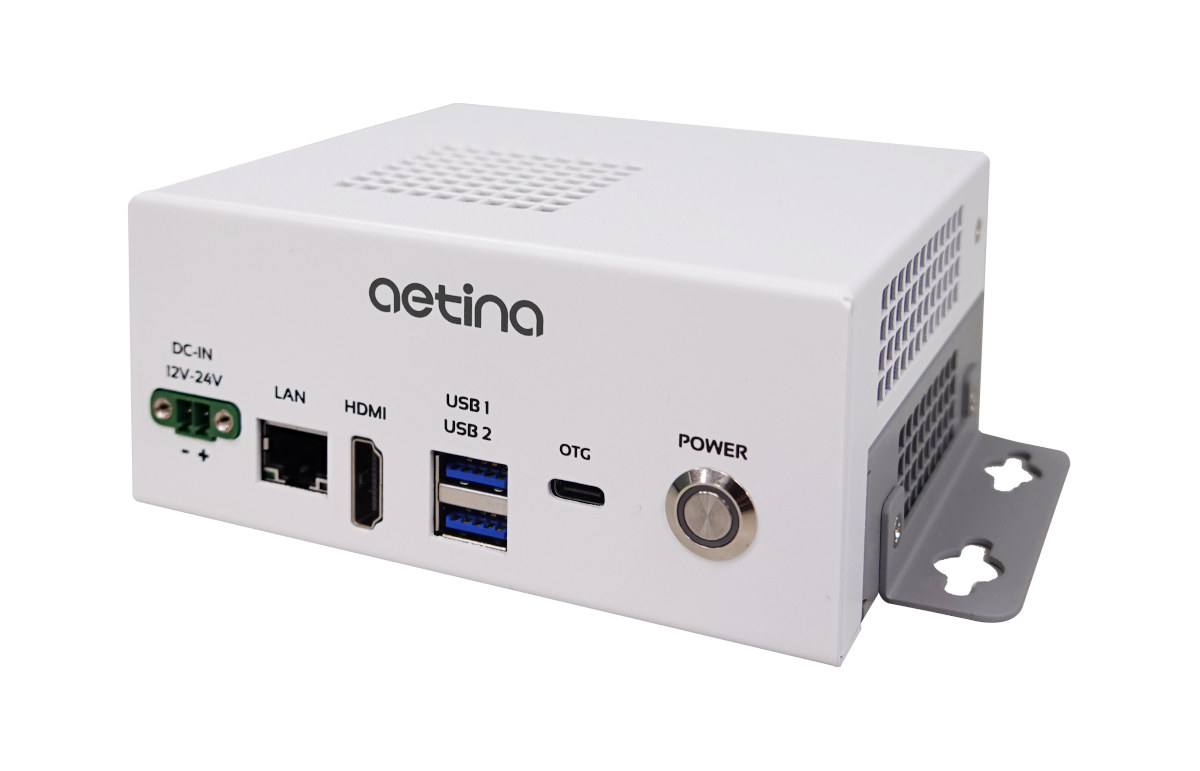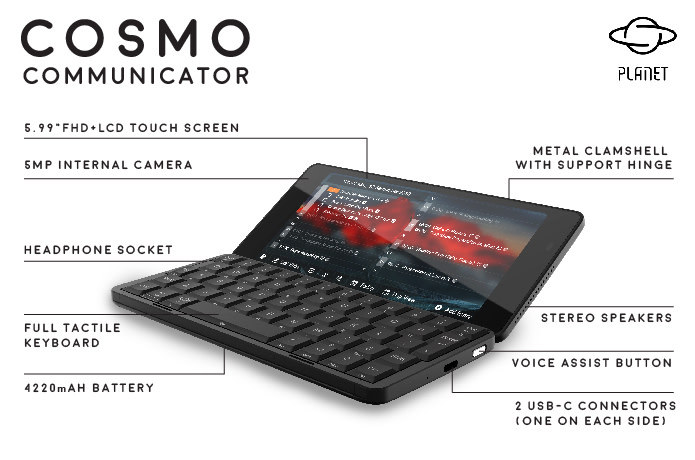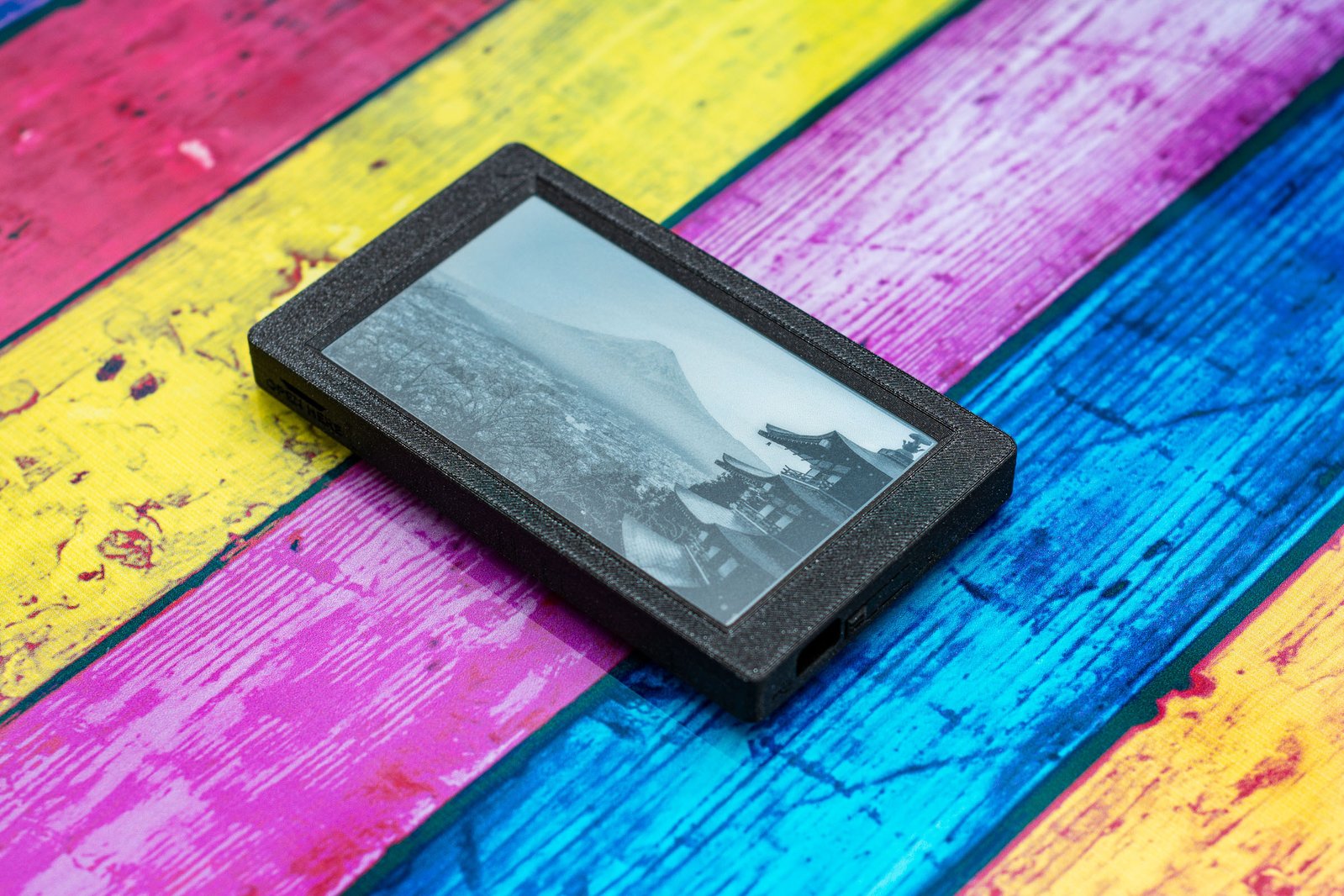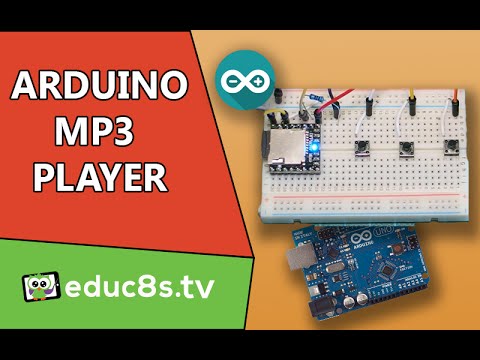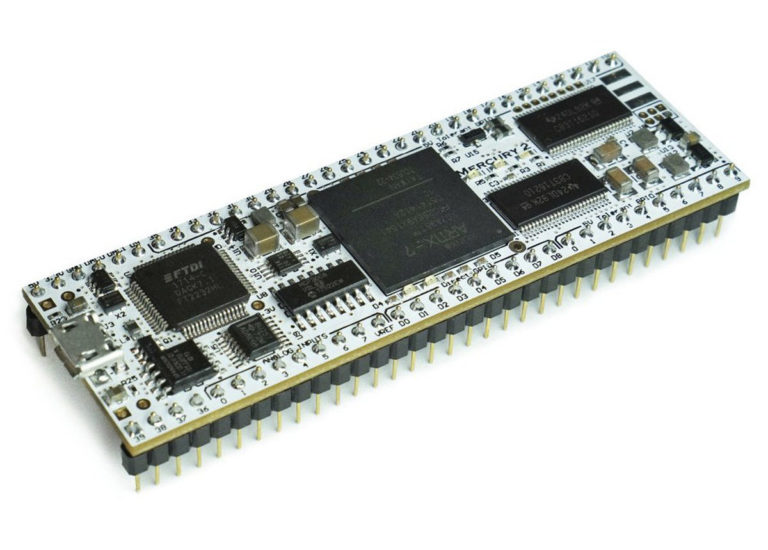
FPGAs are great and there are a number of cool things you can do with them. But as we come across more and more FPGA development boards, we realize that only a few of them are actually designed to be inserted into a breadboard.
The new Mercury 2 development board by MicroNova is a breadboard-friendly Xilinx Artix-7 FPGA board packaged in a 3 x 1-inch 64-pin DIP (dual in-line) format.
It is a complete FPGA solution with onboard power management, I/O circuitry, SRAM and ADC/DAC. “We’ve included an on-board 8-channel SPI ADC (10 bit, 200 Ksps) and SPI DAC (10-bit, 225 MHz). It also has a dedicated input for the XADC included on the Artix-7A FPGA with the ability to expand into 16 available auxiliary inputs (12 bit, 20 Msps).
“This makes the Mercury 2 ideal for DSP designs”,
says MicroNova.
Key Features and Specifications include:
- Xilinx Artix-7A FPGA with 33,280 logic cells
- 512K x 8-bit asynchronous SRAM with dedicated FPGA I/O interface
- 1.8 Mbits of fast block RAM
- 32 Mbit SPI Flash
- Microchip LAN8720A 10/100M Ethernet PHY
- Dual-channel High Speed USB 2.0 port
- Microchip MCP4812 2-channel, 225 KHz, 10-bit D/A Converter
- Microchip MCP3008 8-channel, 200 KSPS, 10-bit A/D Converter
- Dual-channel, 1 MSPS internal ADC
- 40 x 5V-tolerant digital I/O
- 10 x FPGA-direct high speed IO pins
- 6-pin Expansion header for JTAG
- FTDI chip for micro USB debugging/programming
- 3x User LEDs
- 5V power supply from the micro USB or external 4.5V – 5.5V power source, and,
- Can be programmed with the Xilinx Vivado design suite.
- Dimensions: 76.2 x 25.4 mm
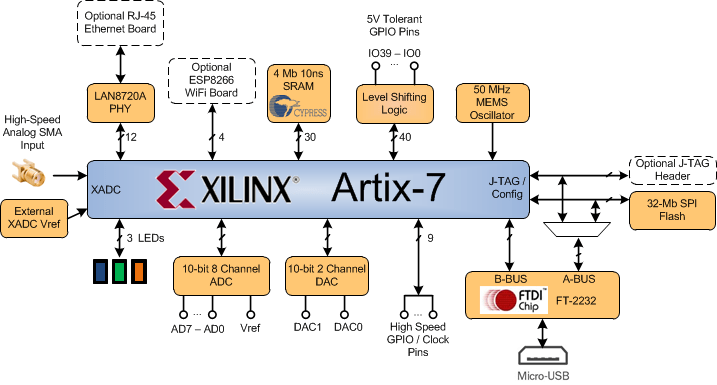
Mercury 2 is perfect for rapid prototyping, and it’s incredibly small form-factor makes it an ideal FPGA board for tighter spaces in projects that need more programmable logic space and/or processing power.
“We have taken care of the voltage regulators, bypass capacitors and USB configuration circuitry, freeing you to focus on your actual design!”,
says MicroNova.
MicroNova also offers a Mercury baseboard that works with both the Mercury 2 and it’s predecessor Spartan-based Mercury boards to provide additional peripheral support for projects. The baseboard features a 4-digit seven-segment display, four push-buttons & eight toggle switches, a 64-bit socket for the FPGA development board, a Pmod-compatible connector, a VGA port supporting 8-bit color, a PS/2 port for keyboard or mouse, an analog temperature sensor, a light sensor, a potentiometer and 3.5mm audio jacks.
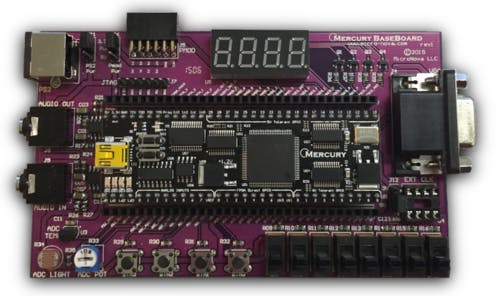
The Mercury 2 DIP FPGA board currently sells on Tindle or the MicroNova store for $129 and above while the baseboard goes for $29. More details including a step-by-step guide on how to bring up a new HDL design in Vivado on the Mercury 2 and the full constraints XDC file of the board’s pinout can be found on the company’s website.





